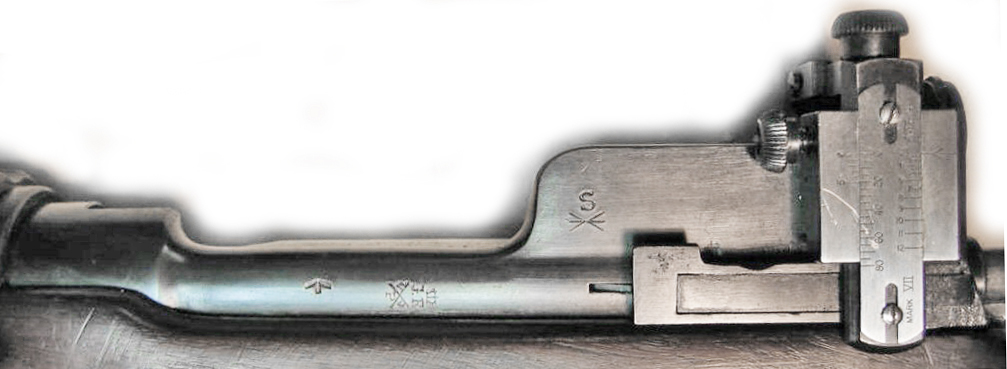
Therefore, the official designation of the rifle was dependent upon its manufacturer: e.g., the Pattern 1914 Mk I W is a Mk I of Winchester manufacture, R would be Remington, or E for Eddystone. However, each factory produced slightly differing parts, leading to interchangeability issues. The need for additional small arms combined with a shortage of spare industrial capacity led the British government to contract with United States commercial arms manufacturers, Winchester, Remington and Eddystone (a subsidiary of Remington set up principally to manufacture the P14) to produce the P14 for the British before the US entered the war in 1917. The Short Magazine Lee–Enfield therefore remained the standard British rifle during World War I and beyond. The primary contractor ( Vickers) was unable to produce more than a handful of rifles, so the P14 became a de facto afterthought. Rifle M1917 Enfield.Ĭonscripts of the Estonian Sakala Partisan Battalion with P14 rifles in 1939 or 1940.

The Pattern 1914 Enfield was the successor to the Pattern 1913 Enfield experimental rifle and the predecessor of the U.S. It served as a sniper rifle and as second line and reserve issue until being declared obsolete in 1947.

A bolt action weapon with an integral 5-round magazine, it was principally contract manufactured by companies in the United States. 303 Pattern 1914 (or P14) was a British service rifle of the First World War period. Manual, as determined by skill of operator Printed in large format (8 X 10).Sniper (telescopic and unmagnified), grenade launcher, US M1917 rifle

Nota bene: This book does not cover the Lee-Enfield 2A rifle (7.62 mm NATO caliber) which was built at Ishapore, India. It is especially helpful for identifying missing parts when rebuilding a sporterized rifle. This collection of drawings and parts lists is highly recommended for anyone wanting a breakdown of the internal workings of their venerable rifle. Each part is identified by name and number.īesides the rifles proper, also illustrated are all of the necessary accessories: Bayonets, sling and issue cleaning components, including the oil bottle, bore pull-through and wire gauze. Copiously illustrated, phantom drawings of the various models of Lee-Enfield rifles, and the Pattern 14 Enfield, show in great detail all assemblies and component parts. This guide's diagrams are clear and informative. 4s (all makes and marks) to be the best bolt action rifles fielded during the Second World War. Many military firearms aficionados consider Rifle No. The Lee-Enfield Rifle Number 4 Mark I was built in England at a number of factories: Namely, the Royal Ordnance Factory, Fazakerley, the Royal Ordnance Factory, Maltby and finally the Birmingham Small Arms CompanyĪ wartime expedient variation, the Lee-Enfield Rifle Number 4 Mark I* was built in Canada at the Long Branch Arsenal and in the United States of America, by Savage at Chicopee Falls, Massachusetts. 1 MARK III, affectionately know as the SMLE was built both at Royal Enfield in England and Lithgow in Australia. 3 (Pattern 14), as well as Lee-Enfield Rifles No. 1 Mark III (the venerable SMLE), The Enfield No. More particularly, this book covers Lee-Enfield Rifles No. 3 (Pattern 14), as well as Lee-Enfield Ri Know your Rifle!We recommend this book for anyone who has a Lee-Enfield rifle for the way it shows phantom parts drawings, lists each individual part and gives its Ministry of Defence part number.

Know your Rifle!We recommend this book for anyone who has a Lee-Enfield rifle for the way it shows phantom parts drawings, lists each individual part and gives its Ministry of Defence part number.


 0 kommentar(er)
0 kommentar(er)
